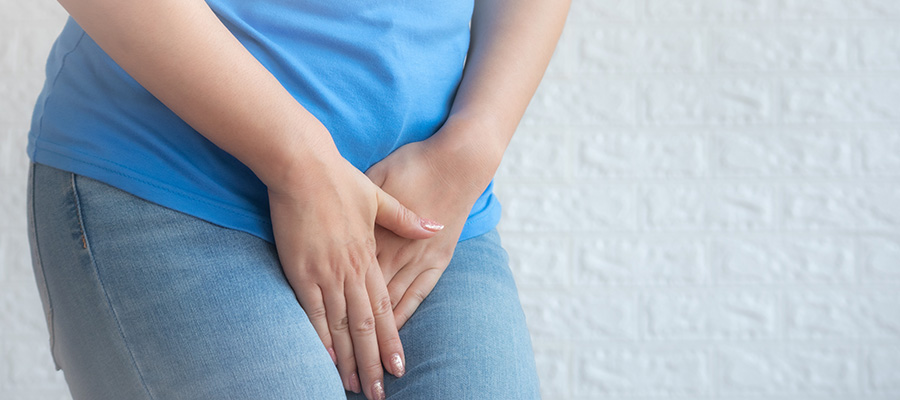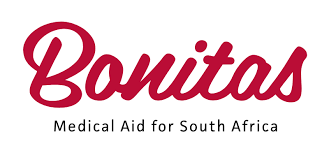
Urinary Incontinence
What is urinary incontinence?
Urinary incontinence simply means leaking urine. Incontinence can range from leaking just a few drops of urine to complete emptying of the bladder.
What other symptoms occur with urinary incontinence?
It is common for other symptoms to occur along with urinary incontinence:
- Urgency—Having a strong urge to urinate
- Frequency—Urinating (also called voiding) more often than what is usual for you
- Nocturia—Waking from sleep to urinate
- Dysuria—Painful urination
- Nocturnal enuresis—Leaking urine while sleeping
What are the types of urinary incontinence?
Urinary incontinence in women can be divided into three main types:
- Stress urinary incontinence (SUI) is leaking urine when coughing, laughing, or sneezing. Leaks also can happen when a woman walks, runs, or exercises.
- Urgency urinary incontinence is a sudden strong urge to urinate that is hard to stop. Women with this type of urinary incontinence may leak urine on the way to the bathroom. If you have an “overactive bladder” (OAB), it means that you have symptoms of urgency and frequency that may or may not include incontinence.
- Mixed incontinence combines symptoms of both SUI and urgency urinary incontinence.
What causes urinary incontinence?
Some of the causes of urinary incontinence include the following:
- Urinary tract infection (UTI)—UTIs sometimes cause leakage and are treated with antibiotics.
- Diuretic medications, caffeine, or alcohol—Incontinence may be a side effect of substances that cause your body to make more urine.
- Pelvic floor disorders—These disorders are caused by weakening of the muscles and tissues of the pelvic floor and include urinary incontinence, accidental bowel leakage, and pelvic organ prolapse.
- Constipation—Long-term constipation often is present in women with urinary incontinence, especially in older women.
Neuromuscular problems—When nerve (neurologic) signals from the brain to the bladder and urethra are disrupted, the muscles that control those organs can malfunction, allowing urine to leak.
- Anatomical problems—The outlet of the bladder into the urethra can become blocked by bladder stones or other growths.
How is urinary incontinence diagnosed?
The first two steps in assessing urinary incontinence usually are a medical history and physical exam:
- Medical history—Your gynaecologist or other health care professional will ask you to explain your signs and symptoms in detail. You may be asked to fill out a bladder diary for a few days.
- Physical exam—A pelvic exam may be done to see if you have pelvic organ prolapse and to look for other anatomical problems. A “cough test” may be done during the exam. During a cough test, you are asked to cough and bear down with a full bladder to see if urine leaks. A pad test may be done, in which you wear a pad that absorbs leaked urine. The pad is weighed for the amount of leakage. A test to measure the support of the urethra may be done.
Sometimes, imaging tests and bladder function tests are done if more information is needed.
What types of treatment are recommended for urinary incontinence?
Your gynecologist or other health care professional may first recommend nonsurgical treatment. This may include lifestyle changes, bladder training, physical therapy, and using certain bladder support devices. For urgency urinary incontinence, the treatment may involve medication. Surgery may help certain types of incontinence. Often, several treatments are used together for the best effect.
What lifestyle changes can help decrease urine leakage?
The following lifestyle changes may help decrease urine leakage:
- Lose weight. In overweight women, losing even a small amount of weight (less than 10% of total body weight) may decrease urine leakage.
- Manage your fluid intake. If you have leakage in the early morning or at night, you may want to limit your intake of fluids several hours before bedtime. Limiting the amount of fluids you drink also may be useful (no more than 2 liters total a day).
- Limiting alcohol and caffeine may be helpful as well.
Train your bladder. The goal of bladder training is to learn how to control the urge to empty the bladder and increase the time span between urinating to normal intervals (every 3–4 hours during the day and every 4–8 hours at night).
What types of exercise and physical therapy can help treat urinary incontinence?
Kegel exercises can help strengthen the pelvic muscles. These exercises are helpful for all types of incontinence. Biofeedback is a training technique that may help you locate the correct muscles. In one type of biofeedback, sensors are placed inside or outside the vagina that measure the force of pelvic muscle contraction. When you contract the right muscles, you will see the measurement on a monitor.
What devices are available to help treat urinary incontinence?
A pessary is a device that is inserted into the vagina to treat pelvic support problems and SUI. Pessaries support the walls of your vagina to lift the bladder and urethra. They come in many shapes and sizes. Usually you can insert and remove a support pessary yourself. Pessaries may provide relief of symptoms without surgery. An over-the-counter tampon-like device also is available that is designed specifically to help prevent bladder leaks.
What medications are available to help treat urinary incontinence?
Many medications are available to help reduce the symptoms of urgency urinary incontinence and OAB:
- Drugs that control muscle spasms or unwanted bladder contractions can help prevent leakage from urgency urinary incontinence and relieve the symptoms of urgency and frequency.
- Vesicare is a drug that relaxes the bladder muscle and allows the bladder to store more urine. This drug is used to treat urgency urinary incontinence and relieve the symptoms of urgency and frequency.
- Injection of a drug called onabotulinumtoxin A into the muscle of the bladder helps stop unwanted bladder muscle contractions. The effects last for about 3–9 months.
Is there a surgical procedure to treat urinary incontinence?
There are different types of surgical procedures for different types of incontinence. You and your doctor may discuss many factors before choosing the surgery that is right for you, including the risks and benefits of each type.
What types of surgery are available to treat SUI?
Surgery to correct SUI includes the following procedures:
- Slings—Different types of slings, such as those made from your own tissue or synthetic materials, can be used to lift or provide support for the urethra. The synthetic midurethral sling is the most common type of sling used to correct SUI. This sling is a narrow strap made of synthetic mesh that is placed under the urethra.
- Colposuspension—Stitches are placed on either the side of the bladder neck and attached to nearby supporting structures to lift up the urethra and hold it in place.
If surgery is not an option for you or has not worked for your SUI, urethral bulking may help. A synthetic substance is injected into the tissues around the urethra. The substance acts to “plump up” and narrow the opening of the urethra, which may decrease leakage.
What procedures are available to treat urgency urinary incontinence?
- Sacral neuromodulation—This is a technique in which a thin wire is placed under the skin of the low back and close to the nerve that controls the bladder. The wire is attached to a battery device placed under the skin nearby. The device sends a mild electrical signal along the wire to improve bladder function.
- Percutaneous tibial nerve stimulation (PTNS)—PTNS is a procedure that is similar to acupuncture. In PTNS, a slender needle is inserted near a nerve in the ankle and connected to a special machine. A signal is sent through the needle to the nerve, which sends the signal to the pelvic floor. PTNS usually involves weekly 30-minute office sessions for a few months.
We accept the following medical aids






